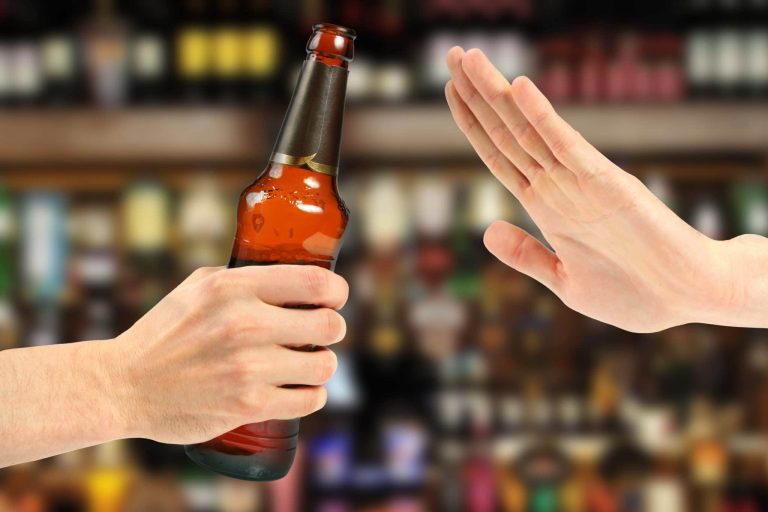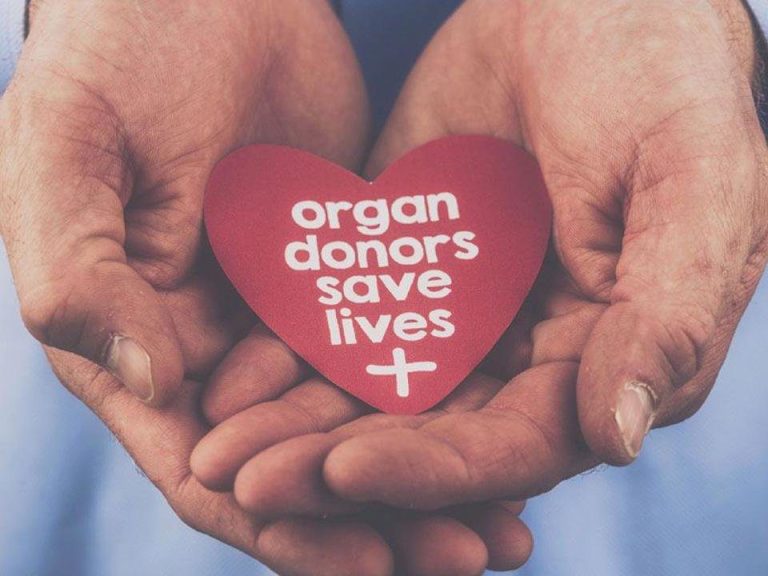Pain is making me irritable | Part 2
In the first part of “Pain is making me irritable”, I explored the psychological changes that are associated with experiencing chronic or prolonged pain. In this blog, I will be focusing on tools and techniques that can support pain management in order to support healthier wellbeing that is not solely focus on pain.
Yoga
Yoga is an activity that promotes relaxation and stress management as well as increased physical health. It combines mental fitness (breathing control and meditation) with physical fitness (stretching and muscle strengthening). As a result, yoga can help chronic pain patients to reduce pain, increase mobility and improve mood and psychological wellbeing. Yoga also promotes listening to your body. By breathing into the different yoga poses, the body is encouraged to stretch further, but it is also encouraged to stop if any pain is present.
Physical activities such as walking, swimming and stretching are also activities that can support better physical health and mood stabilisation.
Goal-setting
Research shows that setting goals is a key factor in predicting a favourable outcome in chronic pain patients. Having a realistic routine can help to keep track of daily activities and make pain more manageable. A routine can also help to make sure enjoyable activities are also included and cherished. In order to have the best chance of success, goals need to be specific (for example, “I want to be able to go for a 30 minute swim 2 times a week”), realistic (make sure the activity is achievable) and measurable (set a goal that can easily be measured in order to easily say whether the goal was achieved or not).
Sleep hygiene
Studies show that pain tends to be worse when sleep is poor. In order to have the best night’s sleep, it is recommended to mentally prepare for bed by having a pre-bedtime routine that promotes relaxation, such as switching off electronic devices (to limit blue lights which can make it harder to fall asleep) and having a shower (to promote muscle relaxation). Once in bed, it is recommended to do a body scan and make sure that every part of the body is as comfortable as possible, and relax your thoughts. Imagination can be used to focus on one thought or sensation (for example focusing on breathing or thinking about a safe quiet place) to promote relaxation and absorption. Keeping a regular sleep routine and avoiding naps are also recommended to optimise your sleep hygiene.
Therapy
Therapy can create a safe space where emotions can be explored without the fear of judgement. It also helps in learning how to recognise negative thoughts, identifying possible triggers to emotional pain, dealing with difficult life situations, supporting healthier relationships, and finding supportive techniques that can be utilised when anger or other high intensity emotions arise.
Medication
Medication is also another form of treatment typically prescribed for chronic pain. Antidepressants can also be prescribed in order to alleviate certain mood fluctuations of negative emotions that severely impact day to day activities.
Due to the fact that pain affects different parts of the body and brain, it is often treated using a combination of different techniques and therapies. There also cannot be a “one size fits all” approach which means that some experimenting will be required. Nevertheless, given that the brain is able to rewire itself, it is possible to strive for a better quality of life that looks beyond pain.
Petra Borg is a Trainee Gestalt Psychotherapist currently reading for a Masters in Gestalt Psychotherapy from the Gestalt Therapy Institute Malta (GPTIM) and working at Willingness as a Trainee Psychotherapist. She has experience as a Triage Officer and has also worked closely with Willingness over several years, coordinating the international internship programme and providing support over diverse events and initiatives.
References:
Constantino, R.C. (2017). Setting realistic goals for patients with chronic pain. PharmacyToday:Special Pain Section (23)9: 45. https://www.pharmacytoday.org/article/S1042-0991(17)31414-7/fulltext
Cosio, D. (2019, October 29). Anger expression and chronic pain. Practical Pain Management (18)3. https://www.practicalpainmanagement.com/resources/clinical-practice-guidelines/anger-expression-chronic-pain
Harvard Health Publishing (n.d.). Yoga for pain relief. Harvard Health Publishing: Harvard Medical School. https://www.health.harvard.edu/alternative-and-complementary-medicine/yoga-for-pain-relief
Padgett, A. (2019, June 10). Do it for your mind – If not for your body: The psychological effects of chronic pain. Augusta Pain Center. https://augustapaincenter.com/mind-not-body-psychological-effects-chronic-pain/
Simons, L., Elman, I., & Borsook, D. (2014, February). Psychological processing in chronic pain: A neural systems approach. Neuroscience Biobehavioural Review (0), 61-78. https://www.ncbi.nlm.nih.gov/pmc/articles/PMC3944001/
Swedish Pain Services (n.d.). Importance of sleep when living with chronic pain. Swedish Pain Services. https://www.swedish.org/services/pain-services/pain-management-guide/sleep-and-pain
Tan, V., Cheatle, M.D., Moberg, P.J., & Esterhai, J.L. (1997). Goal setting as a predictor for return to work in a population of chronic musculoskeletal pain patients. In J Neurosci (92)3-4, 161-70. https://pubmed.ncbi.nlm.nih.gov/9522264/







